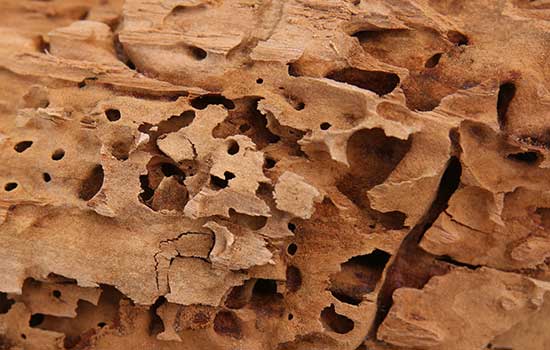How to Prevent Carpenter Ants
Carpenter ants don’t bring tools or provide estimates, but these industrious insects are eager to modify your home and move in. Unlike termites, carpenter ants don’t eat the wood. Instead, they hollow it out to create smooth tunnels called galleries to nest in, which can cause structural damage to your home. Learn how to recognize a carpenter ant and prevent an invasion.

Know Your Potential Nemesis
Generally ranging in size from 1/8- to 1/2-inch long, carpenter ants are among the largest type in North America. In the U.S., there are 24 species of these pesky insects, with black carpenter ants being the most common type affecting U.S. homes.
Sometimes mistaken for termites, these crawling creatures do have some distinct differences from the panic-inducing bugs known for destroying wood. Termites have straight antennae with thick waists and two pairs of wings similar in size. The antennae of carpenter ants, however, are elbowed and their waists are pinched with a front pair of wings that are longer than the back pair.
Keep Them Away
To prevent carpenter ants from moving into your home, it’s important to keep wood structures dry as they are attracted to moisture and decaying wood often found around windowsills, decks, porches and eaves. Discourage moisture accumulation by keeping tree branches and plants trimmed away from the home. In addition, seal any exterior cracks and openings and avoid stacking firewood next to your home.
Get Them to Bug Off
If you find carpenter ants inside your home, don’t spray them with over-the-counter insecticides. Doing so will kill the exposed worker ants, but it may also increase the number of eggs laid and lead to additional colonies. It is recommended that you hire a licensed pest control professional who knows how to find the colonies and eradicate the situation.
By knowing more about these pests, you’ll be prepared to deal with them should they try to make your home their own!












